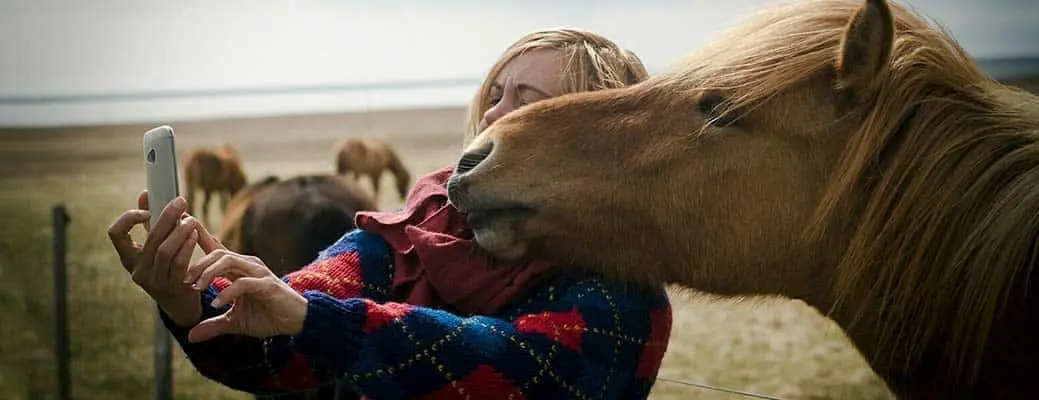How to Protect Visitors on Your Farm: Agritourism Safety Checklist


Agritourism is a great way to attract visitors to your operation and these attractions are growing in popularity. According to the National Children’s Center for Rural and Agricultural Health and Safety, over 70 million people are visiting farms each year — and almost 24 million of these visitors are children. Families are willing to travel for exposure to apple picking, pumpkin patches, hayrides and corn mazes. The added revenue of opening your farm or ranch to the public can be substantial but it also means increased risk. Learn the steps you should take to protect your visitors from dangers on the farm.
You know your property best. As the farm or ranch owner, you likely have an inventory of all farm equipment and farm machinery, you know where chemicals are stored, and you know the exact location of scenic but risky attractions like open water. You need to be aware of potential risk on your property when others are present so that you can think ahead and prepare for accidents before they happen.
For any property, welcoming visitors has inherent dangers. Naturally occurring things like uneven ground to walk on, severe weather events and tree roots and fallen limbs in walkways are all examples of potential harm to your patrons that you could be held responsible for. Here are a few areas in agritourism that may carry increased risk implications.
Hayrides are common in agriculture and provide fun entertainment for all ages! The hayride route requires some consideration. You want the route to be clear to avoid a bouncy and unsafe ride for passengers and you also want to make sure other visitors on the property are clearly instructed to steer clear of the hayride path. This may require additional signage. You’ll also need to consider how passengers will get on and off of the hayride, ensuring there are handrails and appropriate step heights.
The opportunity to be near farm animals is a major excitement for the mini visitors. However, animal behavior can be unpredictable, especially when there are little fingers involved. There is a risk for animal bites, shoving and stepping on toes to be aware of. You’ll also need to give special care and attention to sick animals to make sure health is a top priority for your animals and visitors.
A challenging corn maze can be loads of fun for your visitors. But corn mazes are also a fire hazard due to the dry conditions. Smoking should be strongly prohibited anywhere near the maze and weather conditions watched closely. Make sure you’re aware of fire codes in your state to keep your farm or ranch safe from fire risk.
Carmel apples, pumpkin bars, kettle corn…yum! Delicious treats are a fun part of the agricultural experience. Food safety is an important part of this production. Things like food borne illness and safe food storage are all considerations for a business owner managing risk.
Creating barriers and fences in strategic areas may help you with how to secure your farm. For example, things like chemicals and heavy machinery should be kept in a restricted area behind warning signs.
Clear and specific communication with your patrons will help promote a safe environment. To set expectations, you may consider consent forms and information sheets as guests enter that lay out safety guidelines. Be mindful of disability accommodations and create a forum for visitor feedback as there may be valuable suggestions based on a patron’s experience.
Safety should be top-of-mind for everyone on your property, not just outside visitors — your staff as well. Any farm workers should be included in regular crew safety meetings and an incident report should always be created for any accident that may occur.
Even with preparation and pre-planning, accidents are bound to happen and that’s why a farm emergency plan is needed. Emergency equipment like a first aid kit and a fire extinguisher should be kept on hand and easily accessible in strategic areas of your property. An evacuation plan and emergency contact information sheet should also be set in advance and all employees on the property know where to find them and how to use them.
As a business owner, you need to make sure you’re protected. The coverage needs for agritourism likely go beyond liability coverage and you need to work with someone you can trust to help you determine those needs. Find a Farm Bureau agent today who will walk you through your options and give you peace of mind that you’re protected when you open up your property to the public.